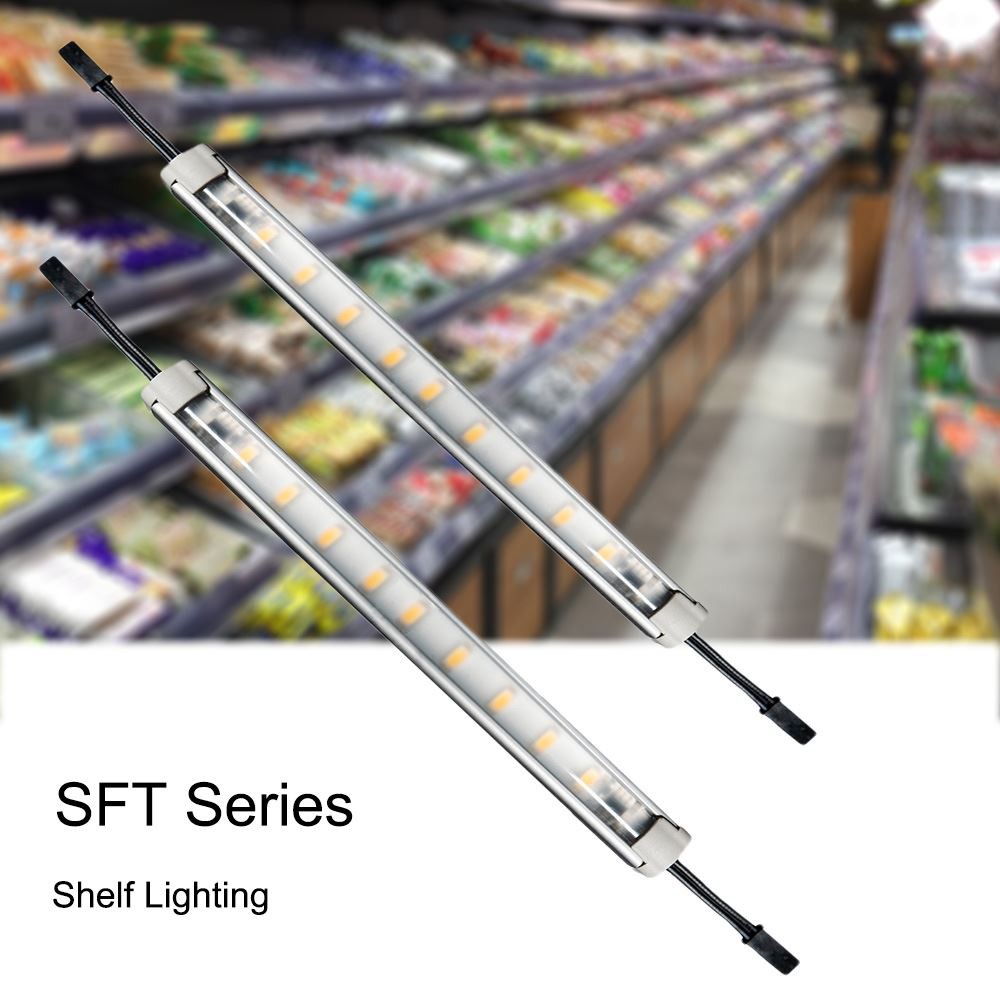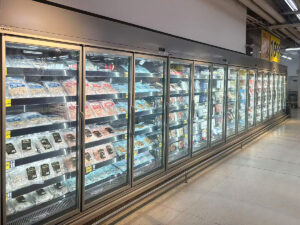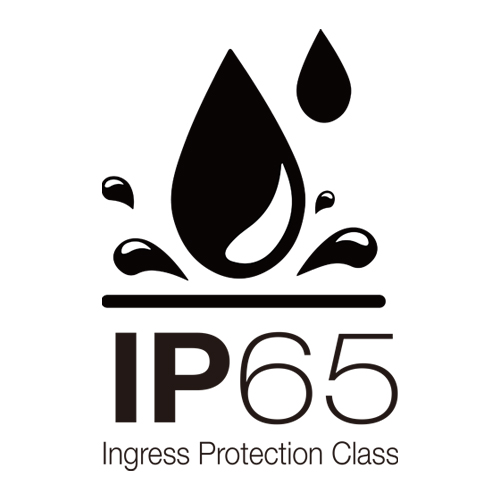LED lighting has become a mainstay in commercial spaces, industrial spaces, schools, hospitals, and even residences. しかし, there is so much more that can be accomplished than simply providing illumination.
Human-Centric LED Lighting
Human-centric LED lighting works with the people occupying the space to create the most effective environment for them. This can be done in several different ways. The first is color tuning for LED lighting. An LED light typically provides a significant improvement in the quality of light because its broad, smooth color spectrum is more similar to the sun’s color spectrum than other artificial light sources. The color of light works with the natural circadian rhythms of human beings (or wake and sleep cycle). Blue light, which is typically more present in LED lighting (and the sun) than in incandescent lighting, for example, helps combat fatigue and creates an overall sensation of being awake by suppressing the production of melatonin, the body’s natural sleep hormone. Red-rich lighting, on the hand, which has much less blue content, and can also be produced by LEDs, can help promote a sense of sleepiness by allowing the production of melatonin. LED color tuning technology which an LED bulb to change color electronically can be beneficial, for example, for hospital lighting. Bulbs tuned to blue-rich LED lighting can help keep nursing staff alert during night shifts, while LED lights in a patient’s room can be tuned to more restful red-rich lighting.
The second and third types of human-centric technology include dimmable and occupancy sensing capabilities. The LED light would sense the ambient light in the room and adjust the brightness of the light based upon the available light coming in from windows or other sources. This technology has wide applicability from retail stores to industrial warehouses and more. Occupancy sensing helps decrease the amount of energy spent illuminating rooms that have no one in them. This could either be done by motion-sensing or heat-sensing. Both of these technologies are not just helpful for individuals, but it is also beneficial for the environment. Dimming lights and turning off lights when there is no occupancy, greatly decreases the amount of energy used, both helping the planet by creating less greenhouse gas as well as adding dollars to a company’s bottom line.










